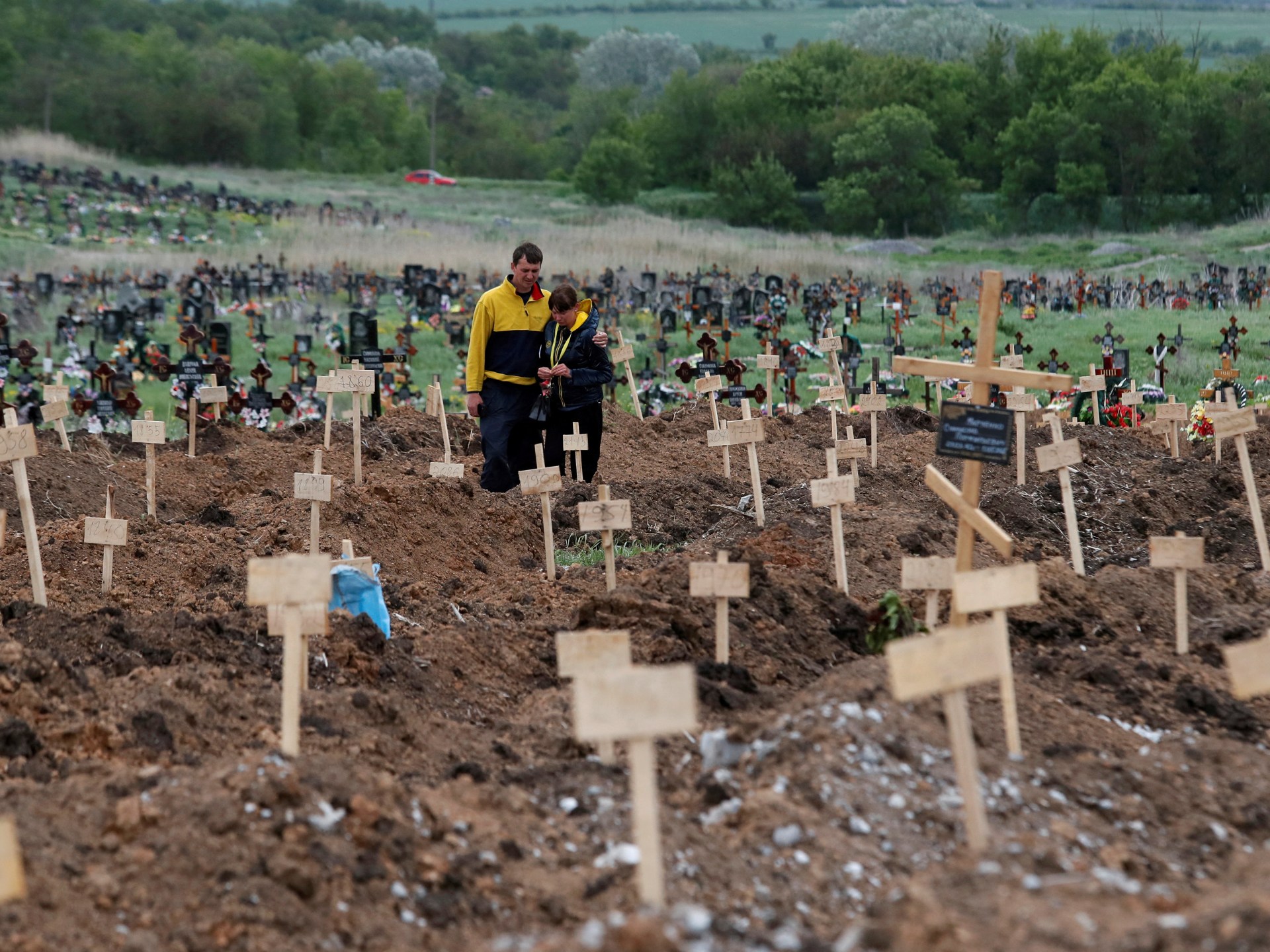Post 1 of 2: Providing another view to reframe Feanor’s posts
1. There were a great many people in 1991 who were quite certain that Russia would attempt to disrupt the post-Cold War settlement, and a great many of those people decided that NATO expansion was a hedge against Russian revanchism. Eastern European countries wanted into NATO even before the Soviet occupation forces were gone.
Keep Russia at bay as in prevent a collapse of the Ukrainian military?
2. I disagree with your framing — there is no evidence to suggest an imminent Ukrainian Army collapse in any sector (only deliberate withdrawals).
(a) Ukraine is bleeding Russia for even the tiny gains they make. The essence of their strategy is to trade space for time. Since Russian forces resumed offensive operations following a pause on 16 July 2022, they have gained ~451 km2 (~174 sq. miles) of new territory. According to ISW in the last 39 days, Russian Army has only taken territory the size of Andorra (a tiny, independent principality situated between France and Spain) from Ukraine. It has led Defence Minister, Sergei Shoigu, to come up with claptrap about going slow to save citizen deaths.
(b) Given the level of incompetence demonstrated by the Russian Army. Russian logistics deficiencies ensures that its advance into Ukraine has slowed to a crawl but there is no denying that the death rate for Ukraine is unbearably high. Meanwhile, Russian forces have lost roughly 45,000 km2 (~28,000 sq. miles) of territory since the date of their deepest advance from 21 March 2022.
(c) Kharkiv Update: Russian forces conducted a limited ground attack in northwestern Kharkiv Oblast. Russian forces reportedly retreated after attempting an unsuccessful offensive near Petrivka, approximately 15km northeast of Kharkiv City.
Perhaps, though I suspect the actual prosecution of the war will be more significant there.
3. When an army invades another country, if it can’t advance or provide security due to internal C4I issues and logistics deficiencies — that army, in the mid-to-long term, is losing the war.
(a) Russian forces conducted limited ground attacks northwest and northeast of Slovyansk, northeast and south of Bakhmut, and northwest of Donetsk City. If the Russian Army wants to continue to advance in Ukraine, it needs to:
(i) generate enough forces to win;
(ii) be able to cross rivers (with engineer bridging support); and
(iii) win the recce, counter-recce fight — but that is not happening.
Further, President Putin’s 25 Aug 2022 decree to increase the size of the Russian military is unlikely to generate significant combat power in the near future and indicates that he is unlikely to order a mass mobilization soon.
(b) The Russian Army is not at that point of losing the war in Ukraine; but Ukrainian UAV and HIMARS strikes to Russian command posts, naval bases and ammo depots, results in unintentional comedy gold from Russian propagandists.
(c) Ukrainian forces reportedly struck the Antonivsky bridge again in a continued effort to prevent Russian construction units from restoring the bridge.
(d) Unknown actors, likely Ukrainian partisans, reportedly conducted an explosive attack against the Russian headquarters for referendum preparations in Pryazovske, Zaporizhia Oblast.
Keep Russia at bay as in prevent Russia from continuing their slow forward advance? I suspect not.
4. Despite the latest US$3 billion military aid package to Ukraine from Team Biden, the biggest problem Ukraine has — they don’t have fires superiority — this ensures that they can’t mass in offensive actions at brigade level (aka 5,000 troops) and above.
(a) The Ukraine Army has shown that it can fight at brigade level in defence but they can’t load up 5,000 troops in armoured vehicles to conduct coherent offensive ops, in multiple armoured battle groups (ABGs), to retake certain sectors.
(b) While the delivery of artillery systems and ammo is important, I believe that the 6 NASAMs air defence systems (after the Ukrainians are trained), will have a bigger impact in the mid-term outcome, as they will help to defend certain Ukrainian sectors from Russian air attacks.



